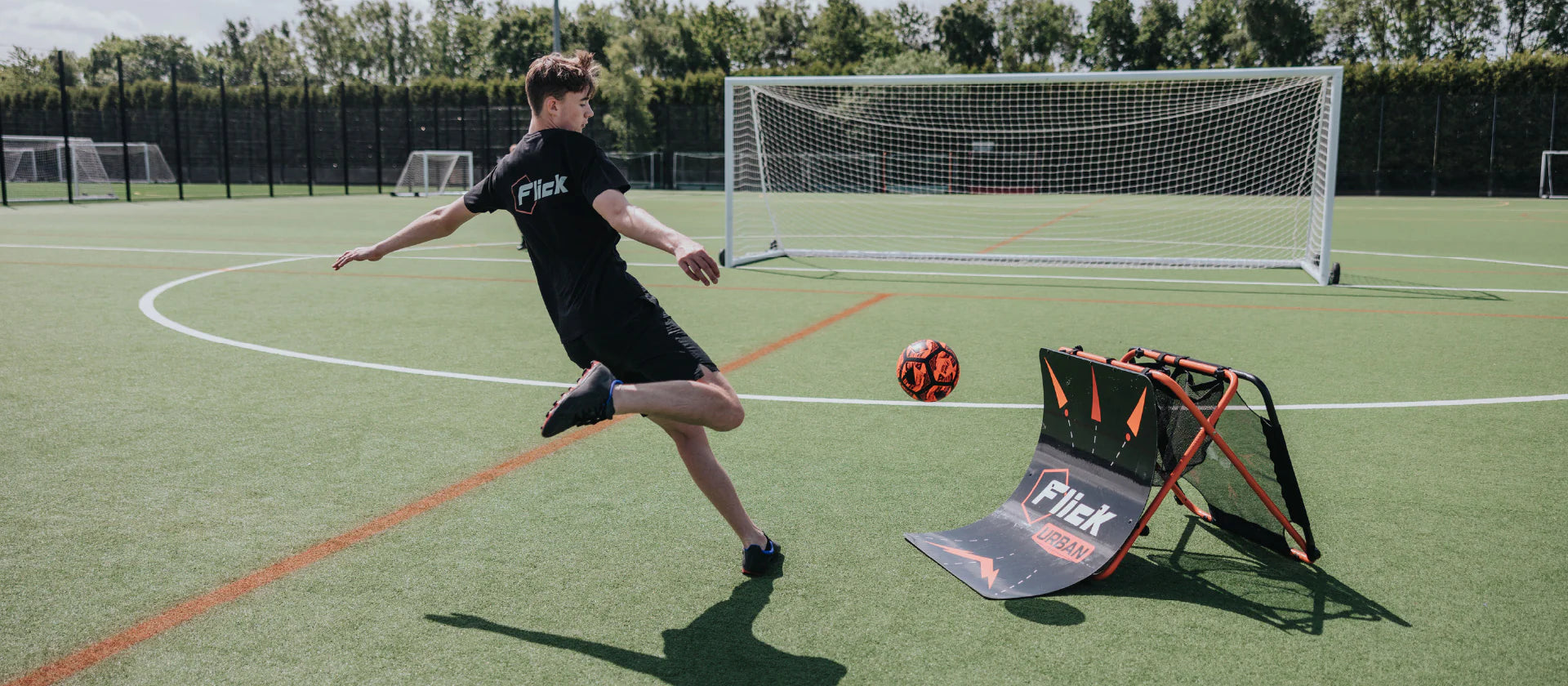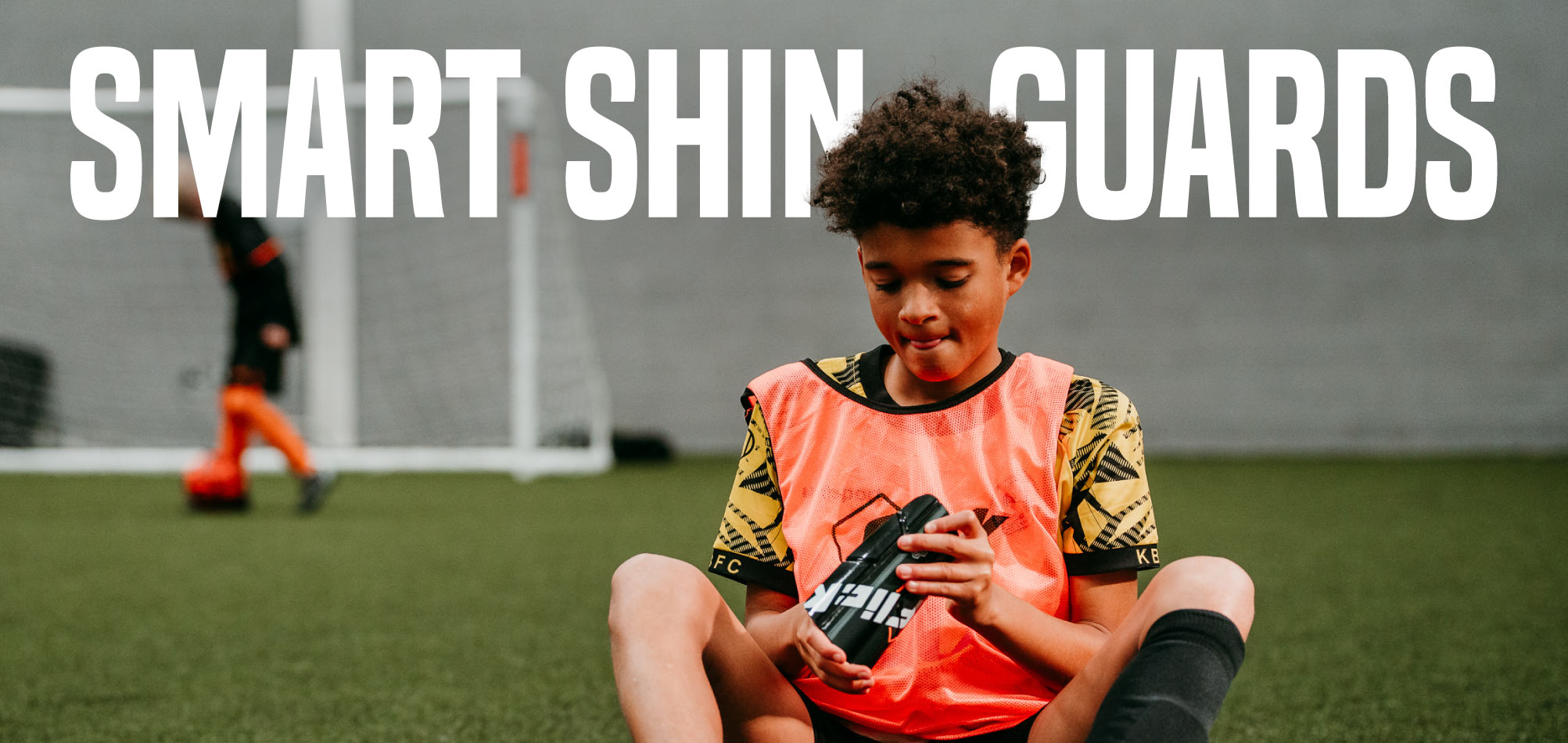Here is how the offside rule works:
- A player is offside if they are in the opposing team’s half of the field and closer to the goal line than both the ball and the second-to-last opponent (usually the last defender).
- A player is not offside if they are level with the second-to-last opponent or farther back.
- A player is not offside if they are in their own half of the field.
-
A player cannot be offside from a throw-in, corner kick, or goal kick.

It is important to note that the offside rule applies only to the attacking team. The defending team cannot be offside.
The offside rule can be difficult to understand and apply, and it is often the subject of debate and controversy. Referees are responsible for making the final decision on offside calls, and they use their judgement and experience to determine whether a player is offside or not.
In recent years, the use of the Video Assistant Referee (VAR) system has been introduced in many top-level soccer competitions to help referees make more accurate and consistent offside decisions. The VAR system uses video replays and other technology to assist the referee in making decisions, particularly on close calls or situations where the referee may have had a limited view of the play.

One of the main challenges of the offside rule is that it is difficult to determine the exact position of the ball and the players on the field. Referees and VAR officials rely on their assistants (also known as linesmen) to help them make these decisions, but they still have to make the final call.
Despite the controversy and confusion that surrounds it, the offside rule is an important part of Football and helps to ensure that the game is fair and competitive. It encourages attacking play and prevents teams from simply packing their defences and waiting for counter-attacks.















